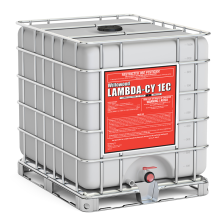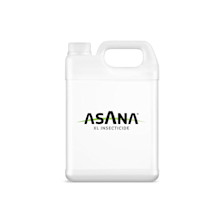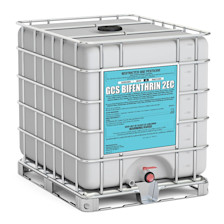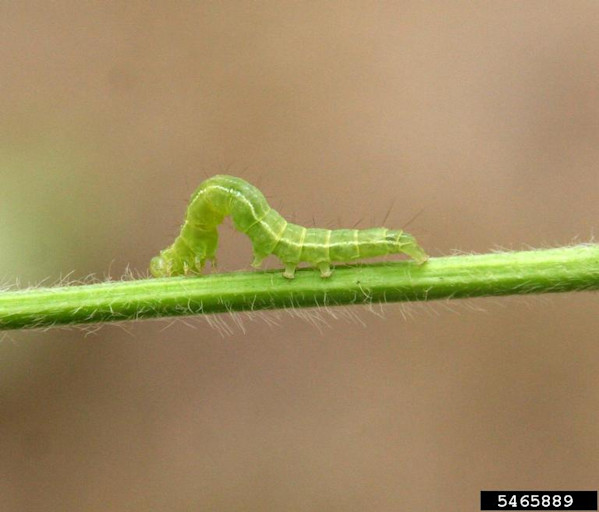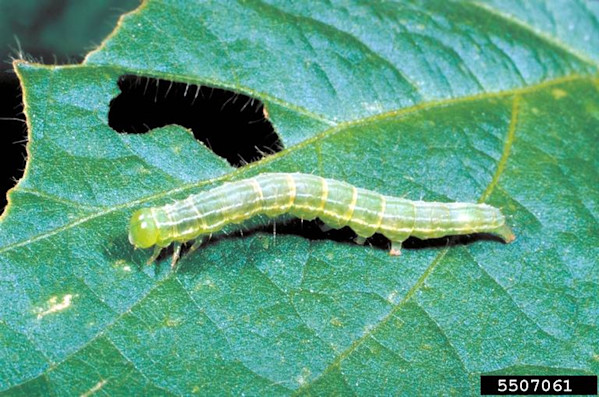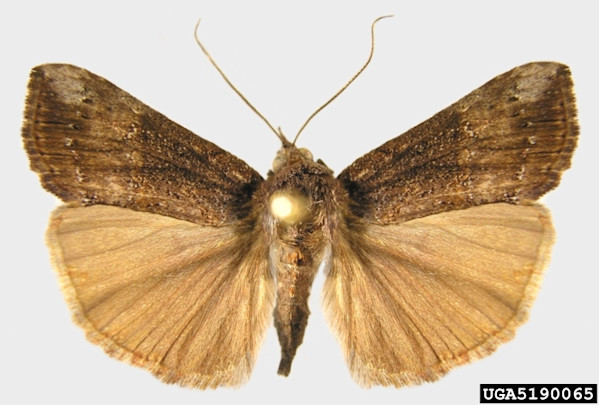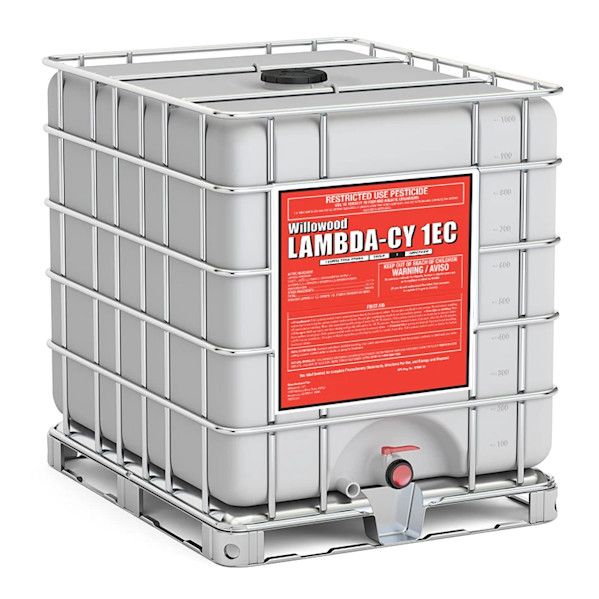How to Identify Green Cloverworm
The larvae of green cloverworm are easily recognizable by their pale green color and distinctive white stripes that run along their bodies. They also possess three pairs of prolegs near their rear end, which sets them apart from other similar pests.
As the larvae mature, they undergo several molts, gradually increasing in size and developing more defined markings. Once they reach adulthood, green cloverworm moths emerge with a wingspan of about one inch. These adult moths are characterized by their brownish-gray coloration, which allows them to camouflage well in their surroundings.
(Image Credit: Image by Daren Mueller, Iowa State University, Bugwood.org)
